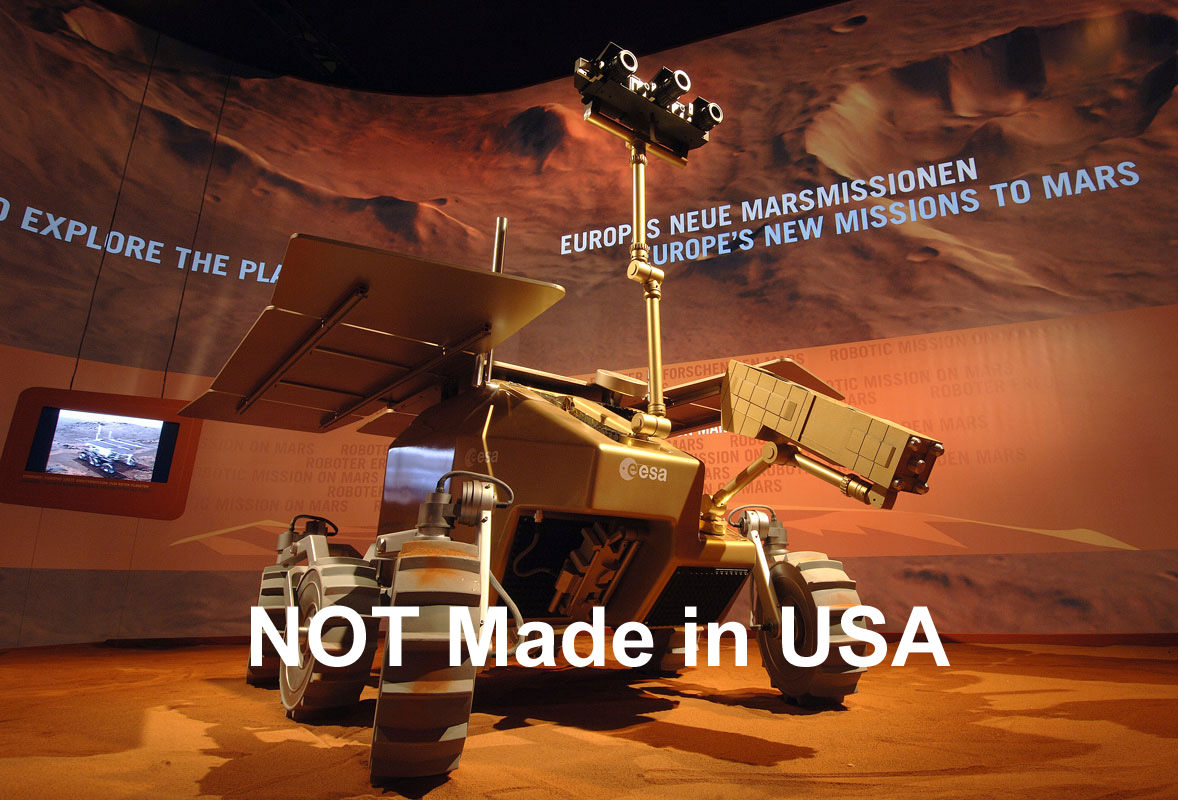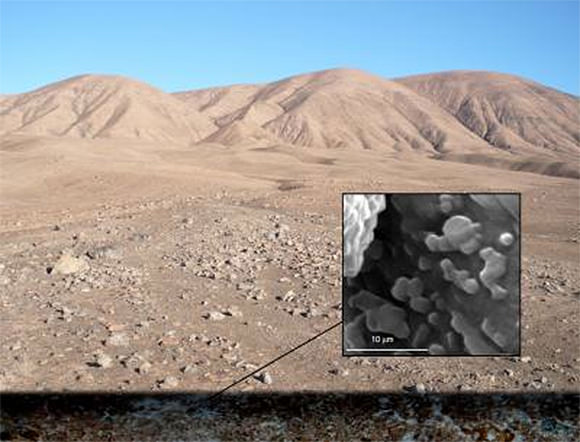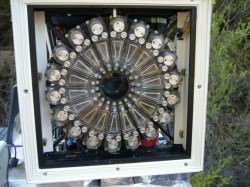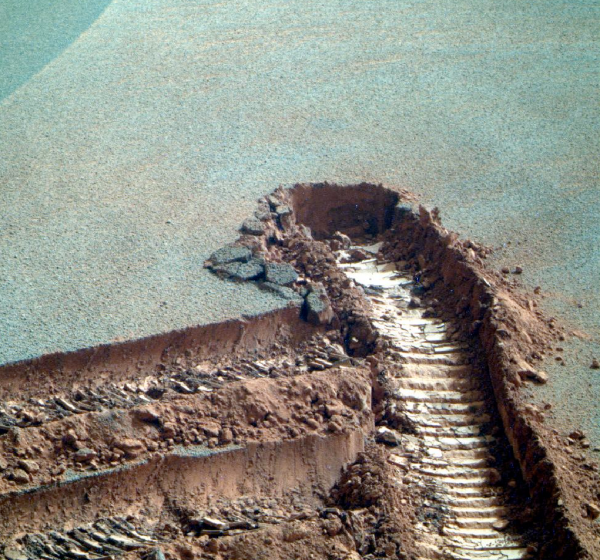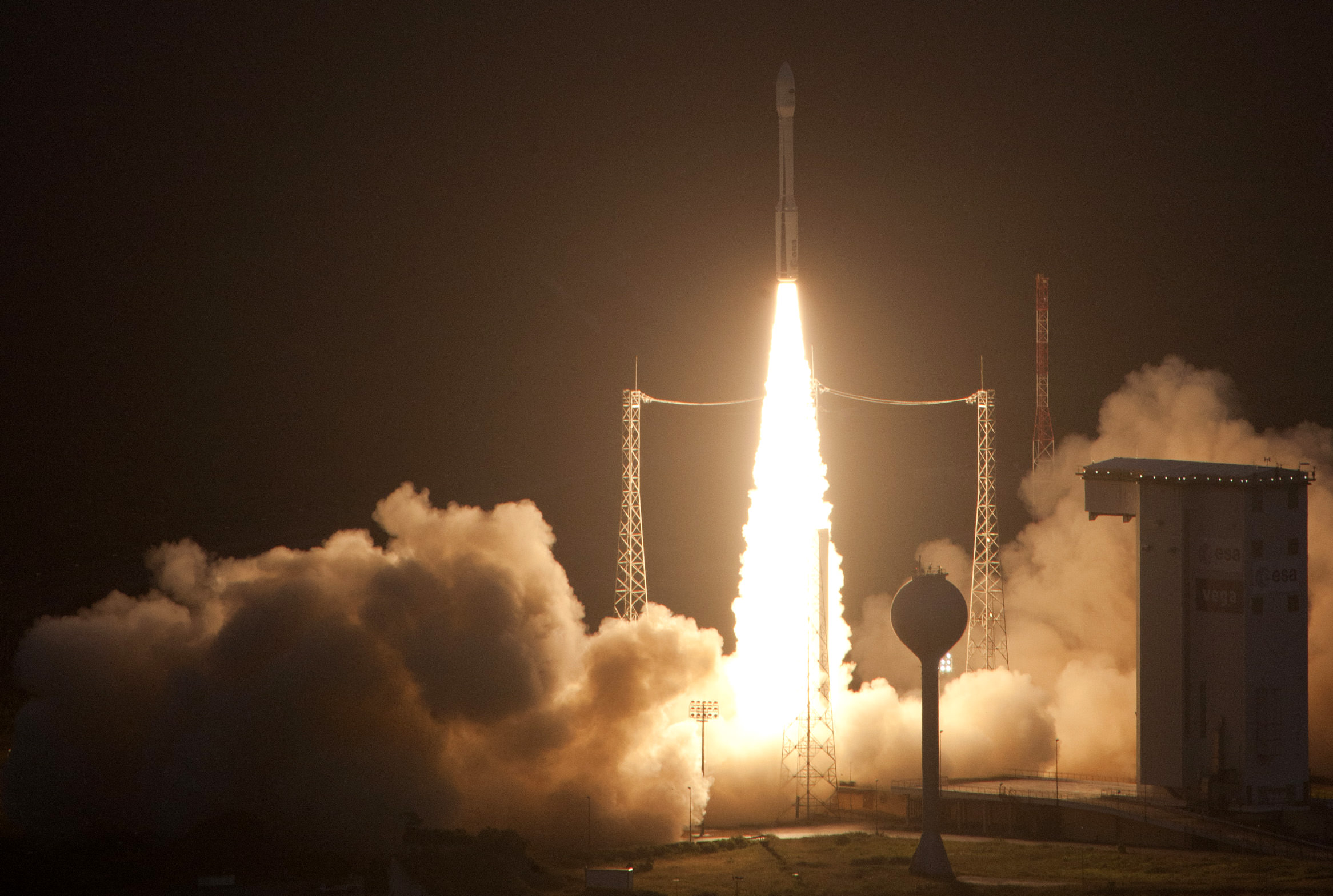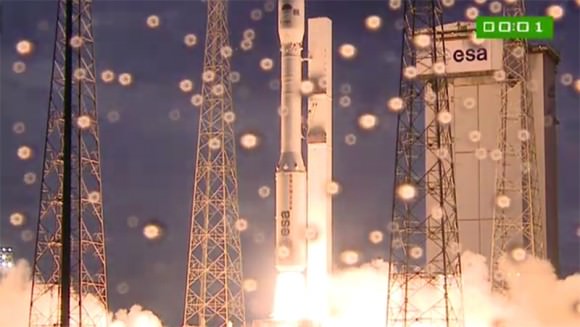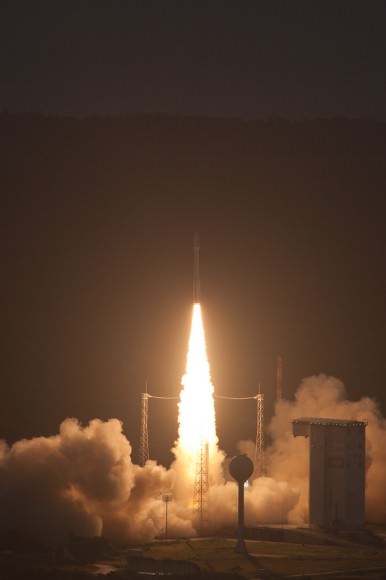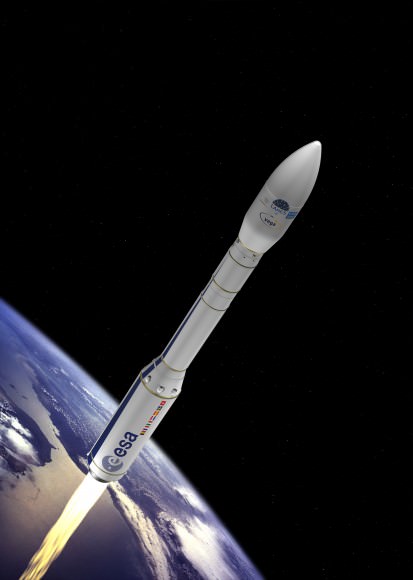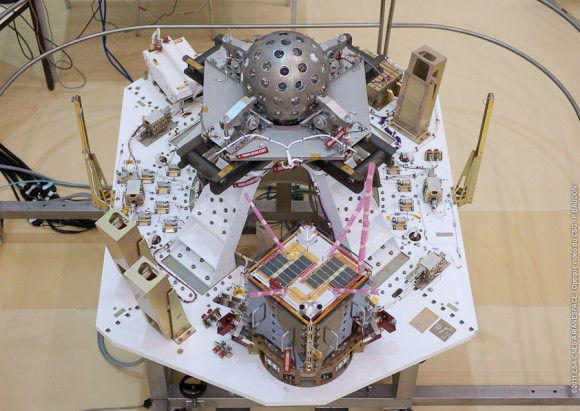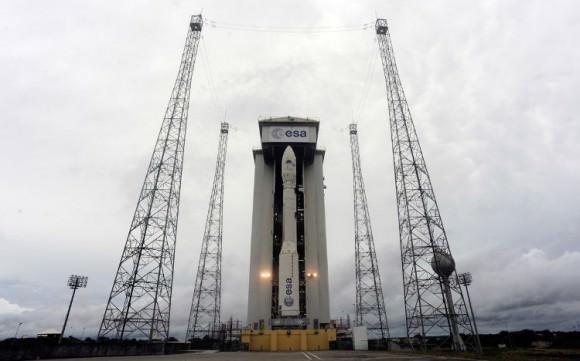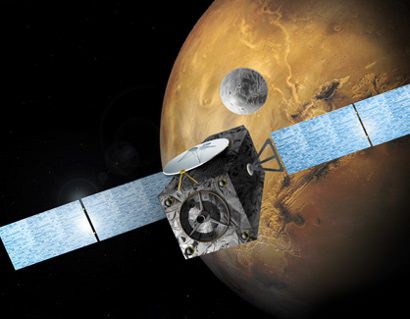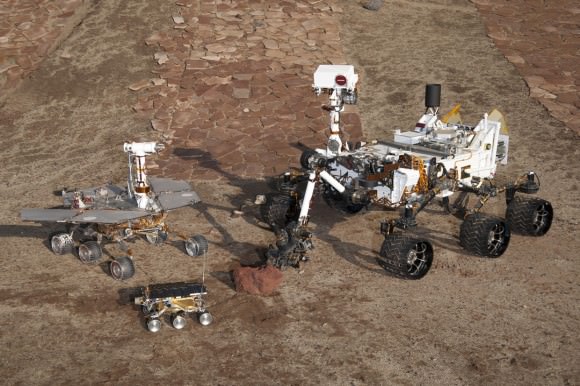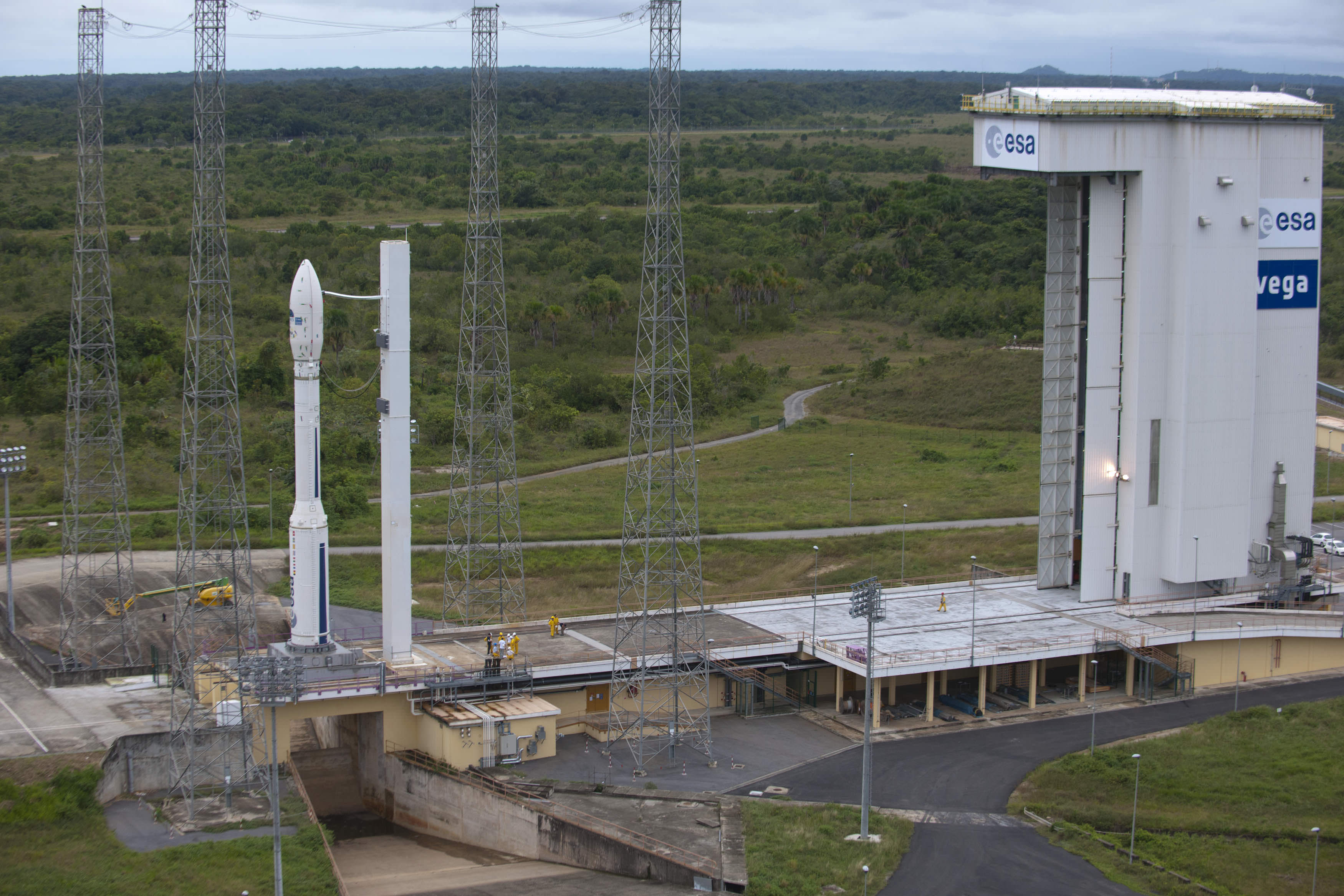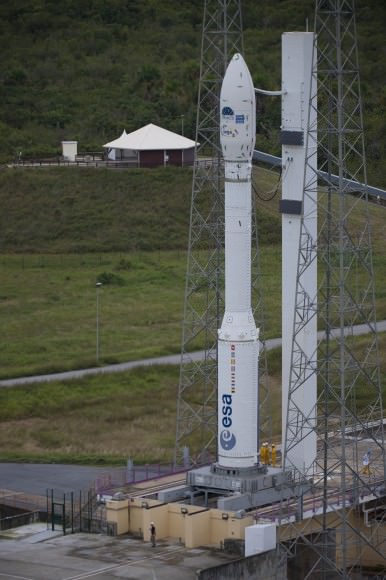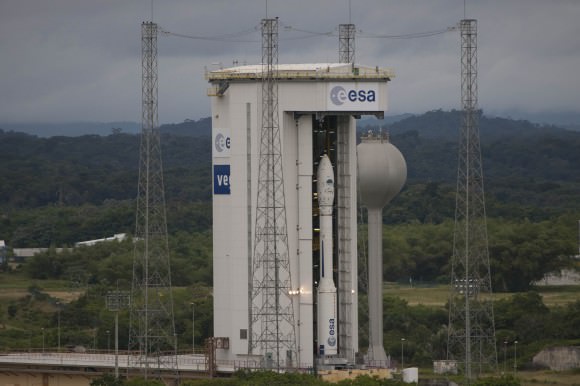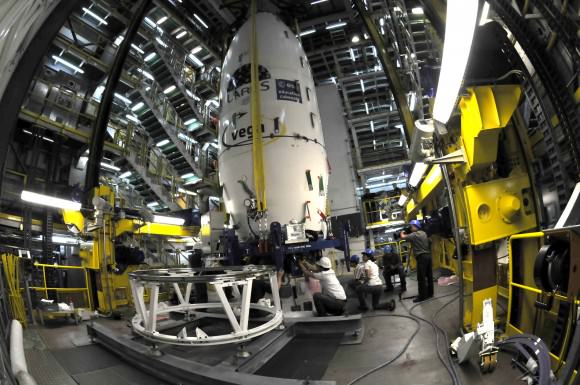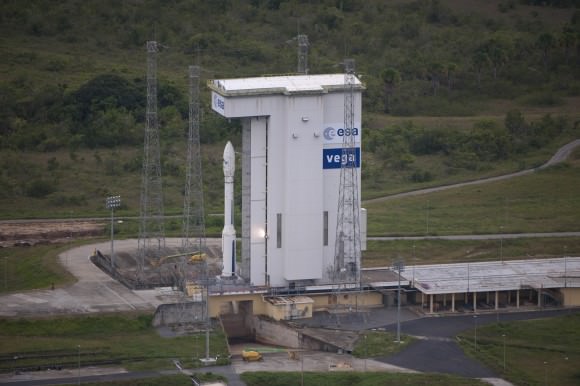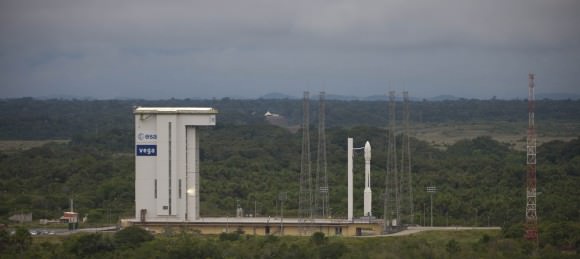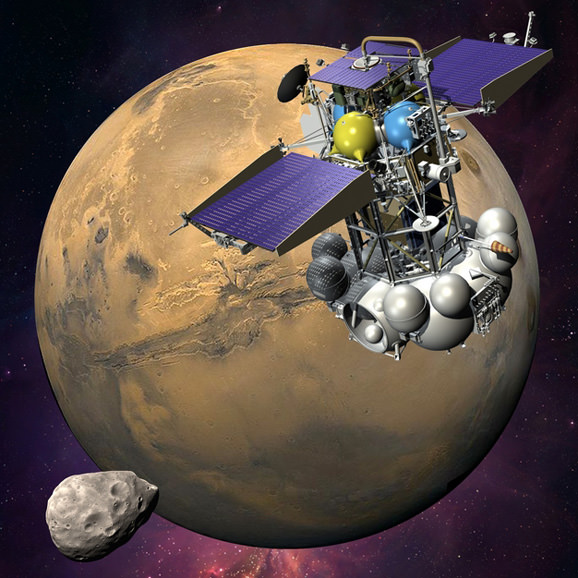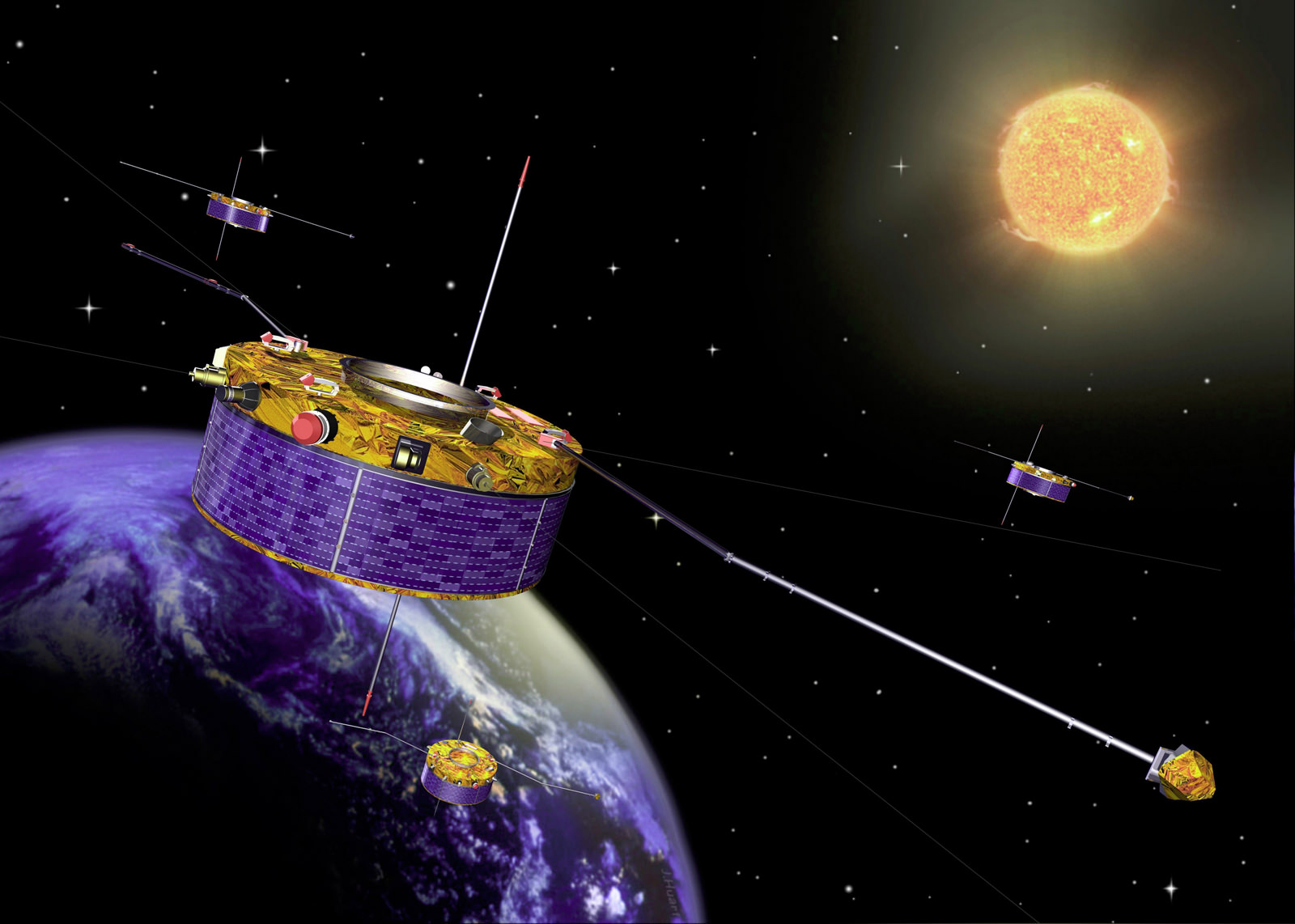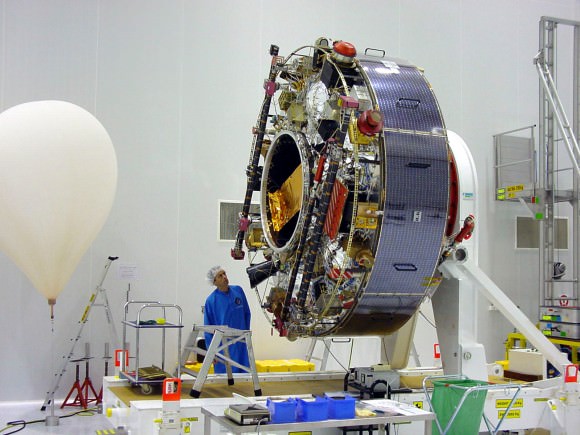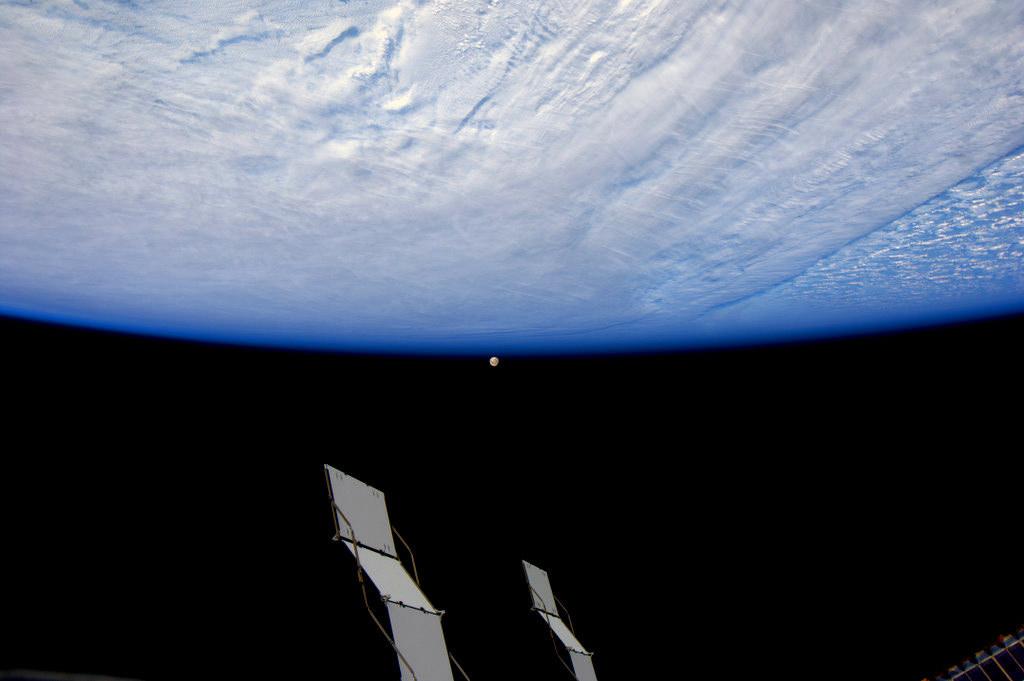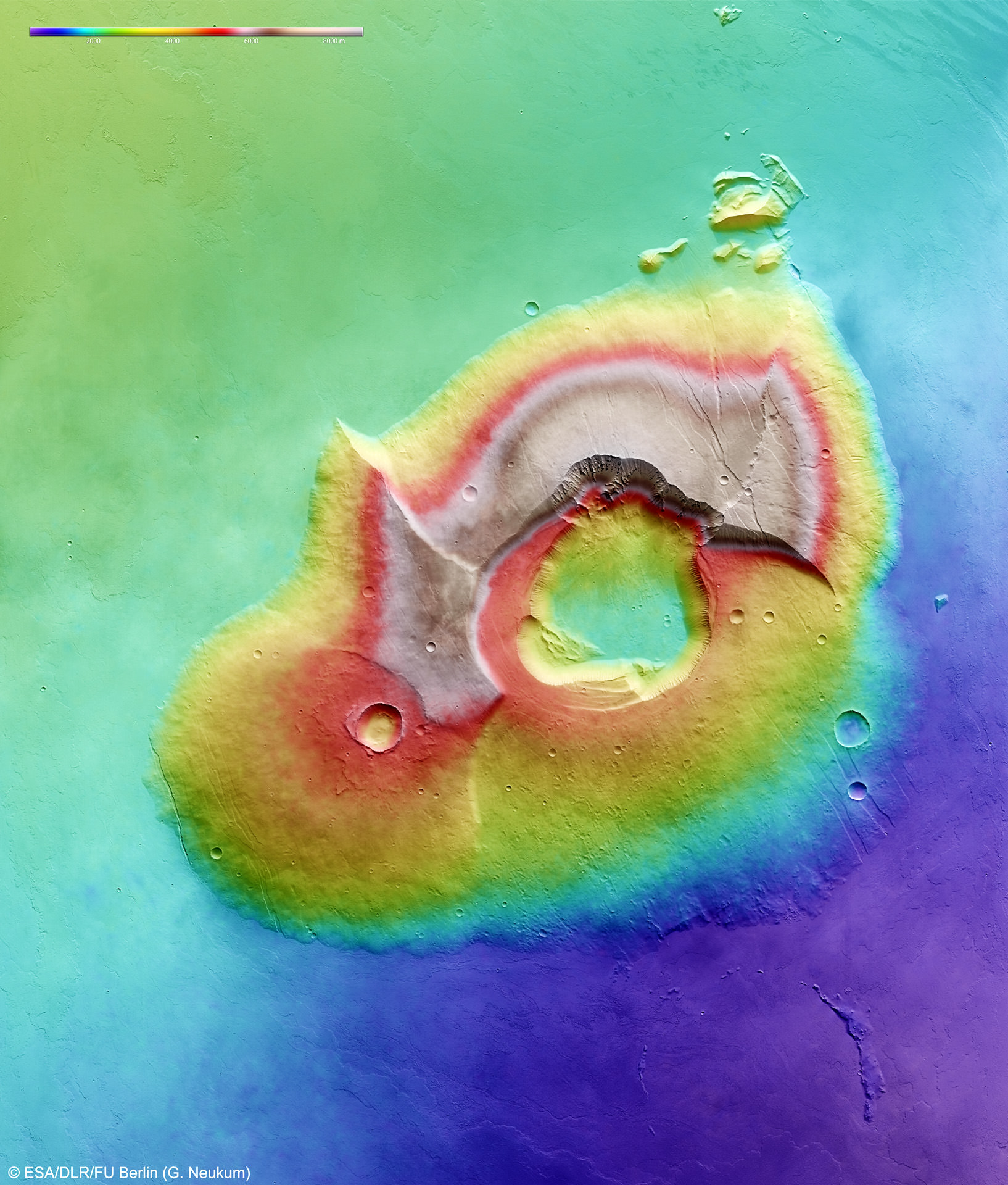[/caption]
Earth’s next Mars Rover – NOT Made in USA
Just days after President Obama met with brilliant High School students at the 2012 White House Science Fair to celebrate their winning achievements and encourage America’s Youth to study science and take up careers in the Science, Technology, Engineering and Math (STEM) technical fields, the Obama Administration has decided on deep budgets cuts slashing away the very NASA science programs that would inspire those same students to shoot for the Stars and Beyond and answer the question – Are We Alone ?
Last year, the Obama Administration killed Project Constellation, NASA’s Human Spaceflight program to return American astronauts to the Moon. This year, the President has killed NASA’s ExoMars Robotic Spaceflight program aimed at dispatching two ambitious missions to Mars in 2016 and 2018 to search for signs of life.
Both ExoMars probes involved a joint new collaboration with the European Space Agency (ESA) carefully crafted to share costs in hard times and get the most bang for the buck – outlined in my earlier Universe Today story, here.
Expert Scientists and Policy makers have been voicing their opinions.
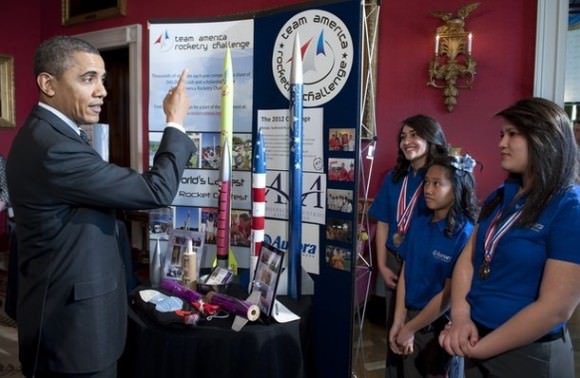
President Barack Obama hosted the winning science fair students from a range of nationwide competitions at the 2nd White House Science Fair on February 7, 2012. The ExoMars missions were eliminated from the NASA budget announced on Feb. 13, 2012.
All of NASA’s “Flagship” Planetary Science missions have now been cancelled in the 2013 Fiscal Year Budget proposed on Feb. 13, and others missions have also been curtailed due to the severe economy.
“There is no room in the current budget proposal from the President for new Flagship missions anywhere,” said John Grunsfeld, NASA’s Associate Administrator for Science at a NASA budget briefing for the media on Feb. 13.
ESA is now looking to partner with Russia as all American participation in ExoMars is erased due to NASA’ s forced pull out.
On Feb. 13, NASA’s Fiscal 2013 Budget was announced and the Obama Administration carved away nearly half the Mars mission budget. Altogether, funding for NASA’s Mars and Planetary missions in the Fiscal 2013 budget would be sliced by $300 million – from $1.5 Billion this year to $1.2 Billion in 2013. NASA was forced to gut the Mars program to pay for the cost overruns of the James Webb Space Telescope.
Mars rover scientist Prof. Jim Bell of Arizona State University and President of The Planetary Society (TPS) told Universe Today that “no one expects increases”, but cuts of this magnitude are “cause for concern”.
NASA’s robotic missions to Mars and other solar system bodies have been highly successful, resulted in fundamental scientific breakthroughs and are wildly popular with students and the general public.
“With these large proposed cuts to the NASA Mars exploration program, there will be a lot of cause for concern,” said Bell.
“The Mars program has been one of NASA’s crown jewels over the past 15 years, both in terms of science return on investment, and in terms of public excitement and engagement in NASA’s mission. It would also represent an unfortunate retreat from the kind of international collaboration in space exploration that organizations like The Planetary Society so strongly support.”
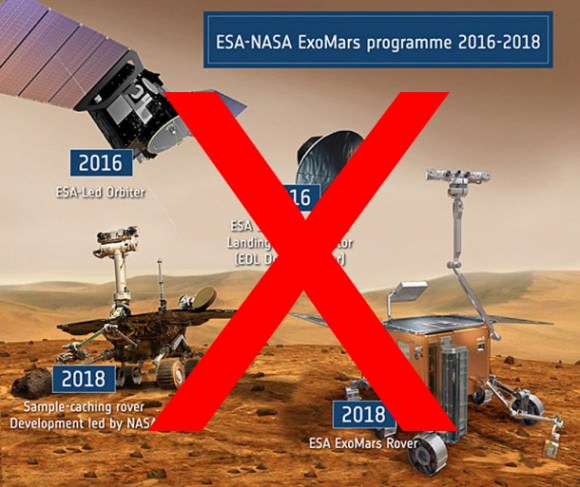
Bell and other scientists feel that any cuts should be balanced among NASA programs, not aimed only at one specific area.
“Certainly no one expects increasing budgets in these austere times, and it is not useful or appropriate to get into a battle of “my science is better than your science” among the different NASA Divisions and Programs.” Bell told me.
“However, it would be unfortunate if the burden of funding cuts were to befall one of NASA’s most successful and popular programs in a disproportionate way compared to other programs. As Ben Franklin said, “We should all hang together, or surely we will all hang separately.”
Bell added that science minded organizations should work with Congress to influence the debate over the coming months.
“Of course, this would only be an initial proposal for the FY13 and beyond budget. Over the winter, spring, and summer many professional and public organizations, like TPS, will be working with Congress to advocate a balanced program of solar system exploration that focuses on the most important science goals as identified in the recent NRC Planetary Decadal Survey, as well as the most exciting and publicly compelling missions that are supported by the public–who ultimately are the ones paying for these missions.”
“Let’s hope that we can all find a productive and pragmatic way to continue to explore Mars, the outer solar system, and our Universe beyond,” Bell concluded.
“The impact of the cuts … will be to immediately terminate the Mars deal with the Europeans,” said Scott Hubbard, of Stanford University and a former NASA planetary scientist who revived the agency’s Mars exploration program after failures in 1999, to the Washington Post. “It’s a scientific tragedy and a national embarrassment.”
“I encourage whoever made this decision to ask around; everyone on Earth wants to know if there is life on other worlds,” Bill Nye, CEO of The Planetary Society, said in a statement. “When you cut NASA’s budget in this way, you’re losing sight of why we explore space in the first place.”
“There is no other country or agency that can do what NASA does—fly extraordinary flagship missions in deep space and land spacecraft on Mars.” Bill Nye said. “If this budget is allowed to stand, the United States will walk away from decades of greatness in space science and exploration. But it will lose more than that. The U.S. will lose expertise, capability, and talent. The nation will lose the ability to compete in one of the few areas in which it is still the undisputed number one.”
Ed Weiler is NASA’s recently retired science mission chief (now replaced by Grunsfeld) and negotiated the ExoMars program with ESA. Weiler actually quit NASA specifically in opposition to the Mars Program cuts ordered by the Office of Management and Budget (OMB) and had these comments for CBS News;
“To me, it’s bizarro world,” Weiler said an interview with CBS News. “Why would you do this? The President of the United States, President Obama, declared Mars to be the ultimate destination for human exploration. Obviously, before you send humans to the vicinity of Mars or even to land on Mars, you want to know as much about the planet as you possibly can. … You need a sample return mission. The president also established a space policy a few years ago which had the concept of encouraging all agencies to have more and more foreign collaboration, to share the costs and get more for the same bucks.”
“Two years ago, because of budget cuts in the Mars program, I had to appeal to Europe to merge our programs. … That process took two long years of very delicate negotiations. We thought we were following the president’s space policy exactly. Congressional reaction was very positive about our activities. You put those factors in place and you have to ask, why single out Mars? I don’t have an answer.”
Space Analysts and Political leaders also weighed in:
“The president’s budget is just a proposal,” said Howard McCurdy, a space-policy specialist at American University in Washington to the Christian Science Monitor.
The cuts “reflect the new reality” in which the economy, budget deficits, and the federal debt have elbowed their way to the top of Washington’s agenda, McCurdy adds.
“You don’t cut spending for critical scientific research endeavors that have immeasurable benefit to the nation and inspire the human spirit of exploration we all have,” said Rep. John Culberson (R-Tex.). Texas is home to NASA’s Johnson Space Center.
Rep. Adam Schiff (D-CA), who represents the district that’s home to the Jet Propulsion Laboratory (JPL), released this statement following his meeting with NASA Administrator Charles Bolden to discuss the agency’s 2013 budget proposal:
“Today I met with NASA Administrator Charles Bolden to express my dismay over widespread reports that NASA’s latest budget proposes to dramatically reduce the planetary science program, and with it, ground breaking missions to Mars and outer planetary bodies like Jupiter’s icy moon Europa, and to inform him of my vehement opposition to such a move.”
“America’s unique expertise in designing and flying deep-space missions is a priceless national asset and the Mars program, one of our nation’s scientific crown jewels, has been a spectacular success that has pushed the boundaries of human understanding and technological innovation, while also boosting American prestige worldwide and driving our children to pursue science and engineering degrees in college.
“As I told the Administrator during our meeting, I oppose these ill-considered cuts and I will do everything in my power to restore the Mars budget and to ensure American leadership in space exploration.”
In an interview with the San Gabriel Valley Tribune, Schiff said, “What they’re proposing will be absolutely devastating to planetary science and the Mars program. I’m going to be fighting them tooth and nail. Unfortunately if this is the direction the administration is heading, it will definitely hurt JPL – that’s why I’m so committed to reversing this.”
NASA still hopes for some type of scaled back Mars missions in the 2016 to 2020 timeframe which will be outlined in an upcoming article.
In the meantime, the entire future of America’s Search for Life on the Red Planet now hinges on NASA’s Curiosity Mars Science Laboratory rover speeding thru interplanetary space and a pinpoint touchdown inside the layered terrain of Gale Crater on August 6, 2012.
Curiosity will be NASA’s third and last generation of US Mars rovers – 4th Generation Axed !
NASA’s Opportunity Rover is now Earth’s only surviving robot on Mars

